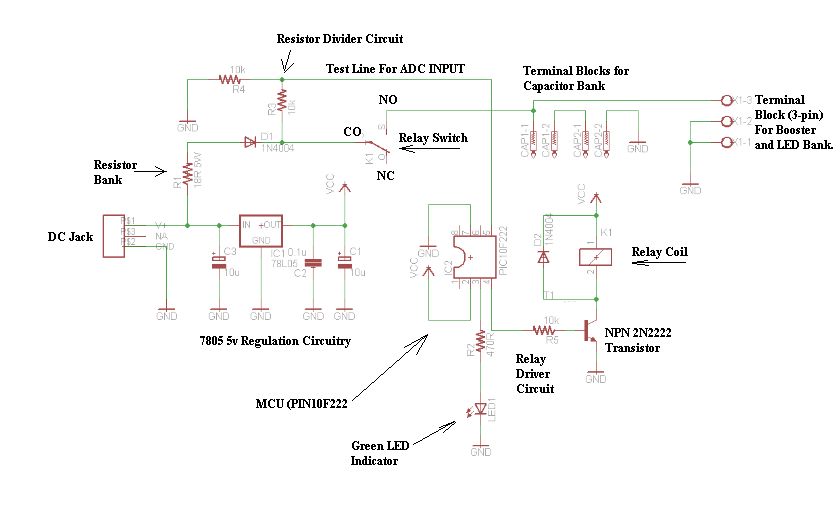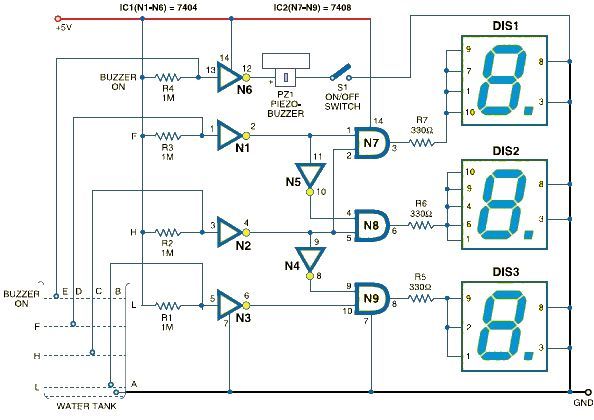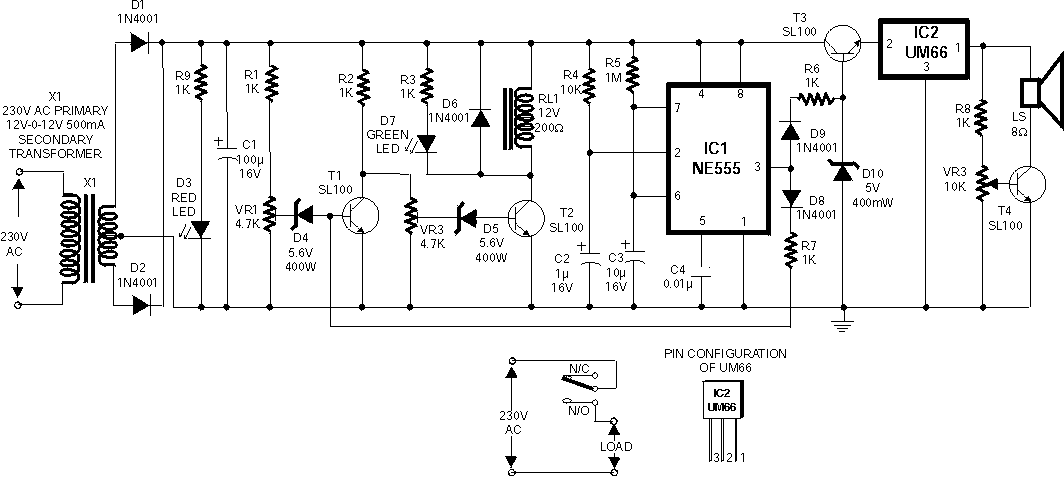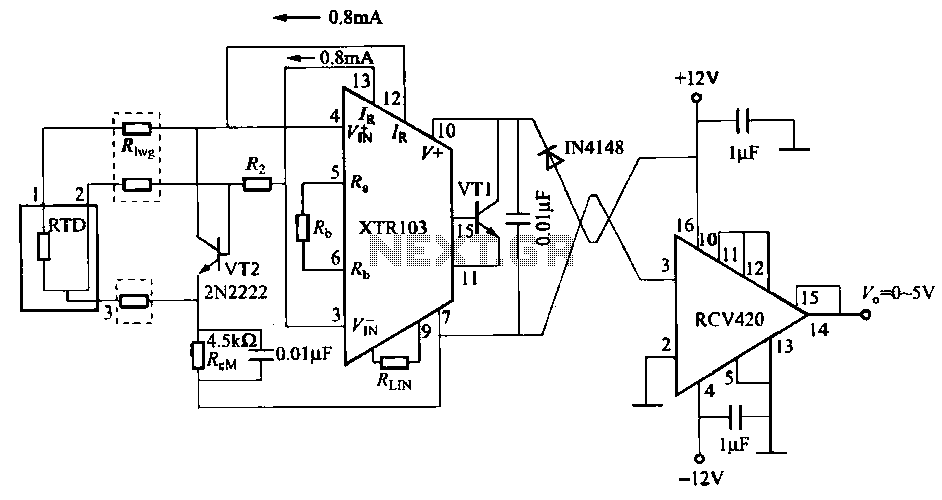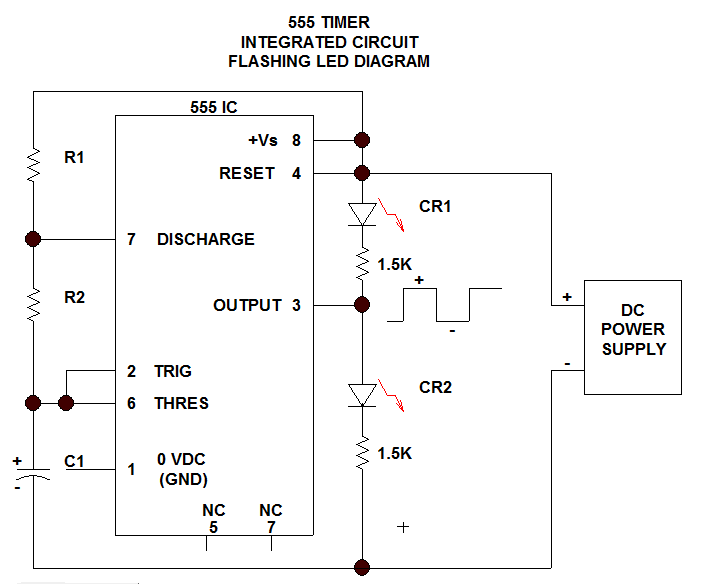
Mains Voltage Indicator with a LED
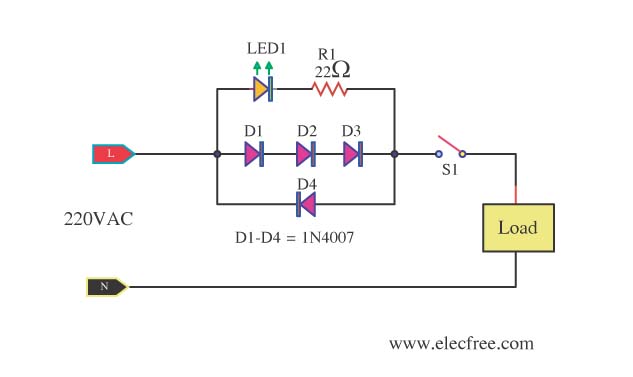
A need exists for a 220V AC line light display or main voltage monitor due to frequent electrical issues in a home.
To create a 220V AC line light display or voltage monitor, a circuit can be designed using a combination of essential components including a transformer, rectifier, voltage regulator, and indicator LEDs.
The circuit begins with a step-down transformer that reduces the 220V AC line voltage to a safer lower AC voltage, typically around 12V AC. This lower voltage is then fed into a full-wave bridge rectifier, which converts the AC voltage into pulsating DC voltage. The rectifier should be rated appropriately to handle the input voltage and current.
Following the rectification process, a smoothing capacitor is connected in parallel to the output of the rectifier. This capacitor helps to reduce the ripple in the DC voltage, providing a more stable output. The value of the capacitor can be calculated based on the load current and the desired ripple voltage.
Next, a voltage regulator circuit can be implemented to maintain a constant output voltage. This can be achieved using a linear voltage regulator (such as the LM7812) if the output needs to be 12V DC. The regulator should be equipped with input and output capacitors to ensure stability and to filter out any high-frequency noise.
For the light display aspect, a series of indicator LEDs can be connected to the output of the voltage regulator. These LEDs will illuminate when the voltage is within the acceptable range, providing a visual indication of the line voltage status. To ensure the LEDs operate within their specified current ratings, appropriate current-limiting resistors should be calculated and included in the circuit.
Additionally, a microcontroller or voltage sensing IC could be incorporated into the design for more advanced monitoring capabilities. This can allow for features such as over-voltage or under-voltage alerts, which can be communicated through additional LEDs or an LCD display.
Safety precautions must also be considered, including the use of fuses to protect against overcurrent conditions and proper insulation of all high-voltage components. Overall, this circuit can serve as an effective solution for monitoring the 220V AC line voltage and providing a visual indication of its status.I need an AC line 220V light display or main voltage monitor. Because the home ‘s electric of his brother a very often problem. Below a figure is the 230V AC v.. 🔗 External reference
To create a 220V AC line light display or voltage monitor, a circuit can be designed using a combination of essential components including a transformer, rectifier, voltage regulator, and indicator LEDs.
The circuit begins with a step-down transformer that reduces the 220V AC line voltage to a safer lower AC voltage, typically around 12V AC. This lower voltage is then fed into a full-wave bridge rectifier, which converts the AC voltage into pulsating DC voltage. The rectifier should be rated appropriately to handle the input voltage and current.
Following the rectification process, a smoothing capacitor is connected in parallel to the output of the rectifier. This capacitor helps to reduce the ripple in the DC voltage, providing a more stable output. The value of the capacitor can be calculated based on the load current and the desired ripple voltage.
Next, a voltage regulator circuit can be implemented to maintain a constant output voltage. This can be achieved using a linear voltage regulator (such as the LM7812) if the output needs to be 12V DC. The regulator should be equipped with input and output capacitors to ensure stability and to filter out any high-frequency noise.
For the light display aspect, a series of indicator LEDs can be connected to the output of the voltage regulator. These LEDs will illuminate when the voltage is within the acceptable range, providing a visual indication of the line voltage status. To ensure the LEDs operate within their specified current ratings, appropriate current-limiting resistors should be calculated and included in the circuit.
Additionally, a microcontroller or voltage sensing IC could be incorporated into the design for more advanced monitoring capabilities. This can allow for features such as over-voltage or under-voltage alerts, which can be communicated through additional LEDs or an LCD display.
Safety precautions must also be considered, including the use of fuses to protect against overcurrent conditions and proper insulation of all high-voltage components. Overall, this circuit can serve as an effective solution for monitoring the 220V AC line voltage and providing a visual indication of its status.I need an AC line 220V light display or main voltage monitor. Because the home ‘s electric of his brother a very often problem. Below a figure is the 230V AC v.. 🔗 External reference
